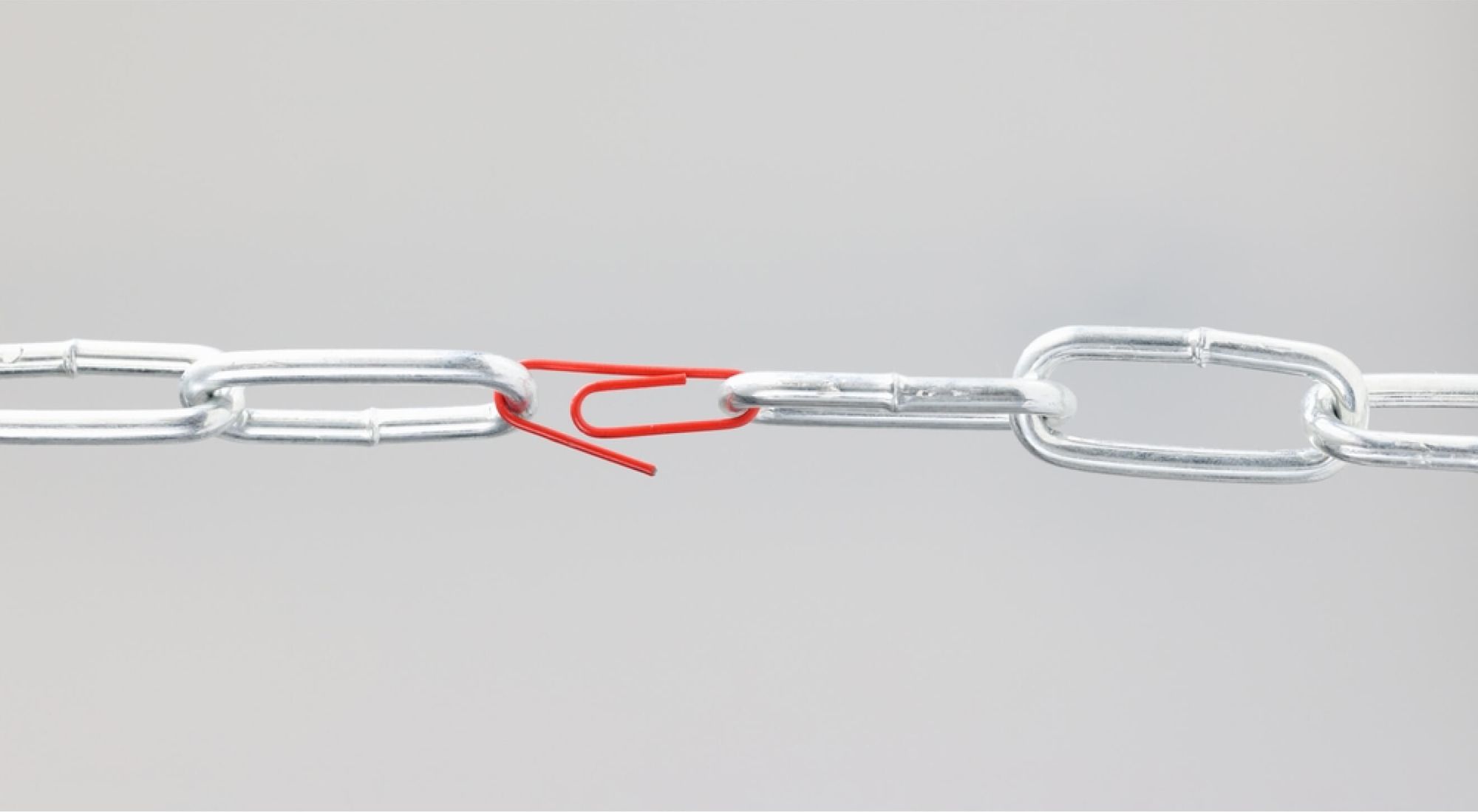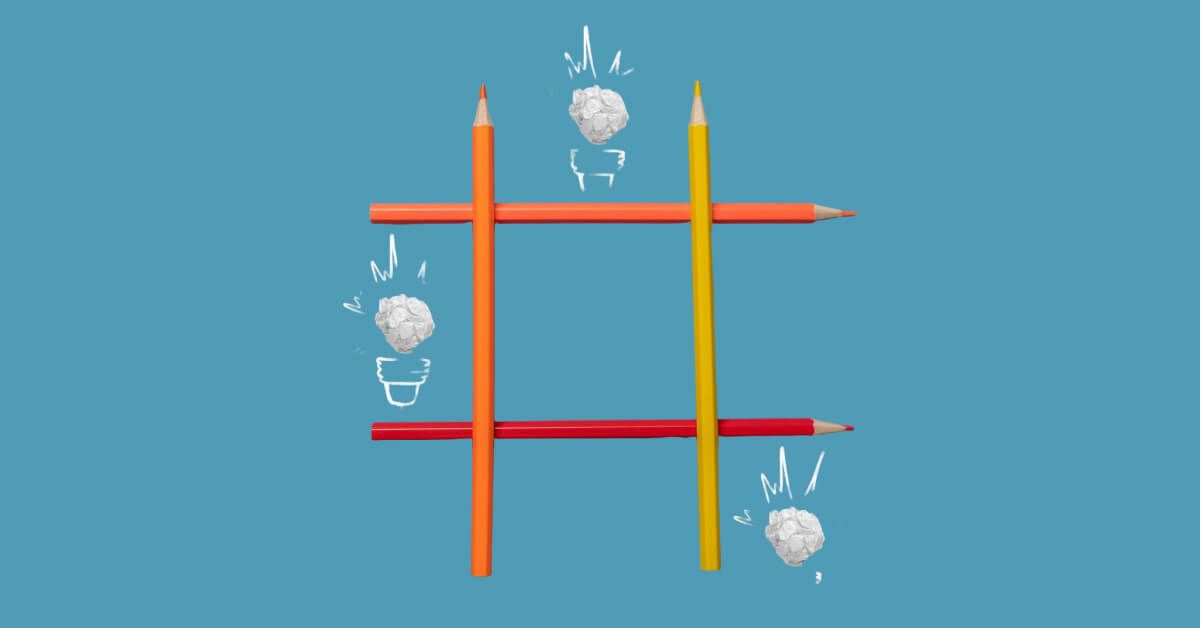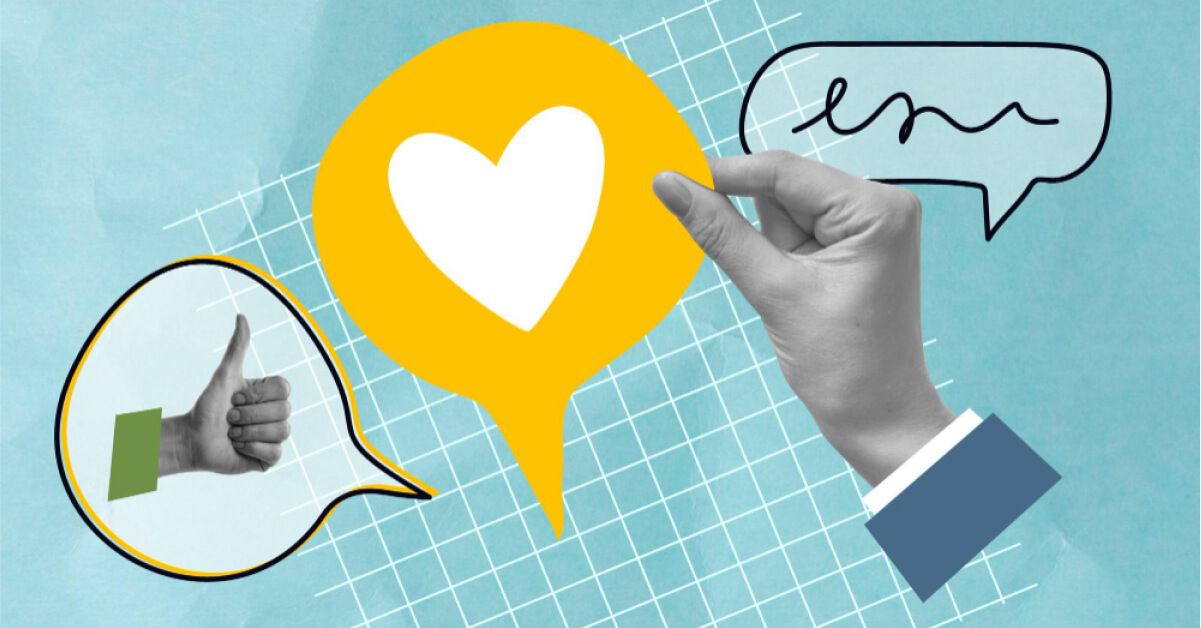How to identify employee strengths and weaknesses: 40+ Examples to identify their potential

Ever watched a symphony orchestra perform? Each musician, from the violinist to the percussionist, brings something unique to the table. But imagine if the conductor handed the flute solo to the trombone player. Chaos, right? That’s what happens when roles in a team don’t align with individual strengths—or when weaknesses go unnoticed until it’s too late.
Identifying employee strengths and weaknesses in the workplace isn’t just about improving performance; it’s about orchestrating harmony. It’s about knowing who’s your lead violinist and who’s your steady bass line. Because when everyone plays to their strengths and gets support in areas they need to improve, the team doesn’t just perform—it excels.
In this blog, we’ll explore the art and science of spotting what your employees excel at, what might hold them back, and how to use this knowledge to create a workplace where every individual—and the entire team—hits the right notes. Let’s dive in!
Why is identifying employee strengths and weaknesses important?

Understanding what employees excel at and where they struggle allows leaders to make informed decisions about role allocation, training, and team dynamics. Here’s how recognizing strengths and weaknesses benefits both employees and the organization:
- Maximizes efficiency and productivity: When you enable employees to focus on tasks that align with their strengths, they naturally work faster and more effectively. This reduces errors, enhances output quality, and ensures that resources are used optimally to meet organizational goals.
- Increases employee satisfaction: Employees feel valued and fulfilled when their strengths are recognized and utilized. This sense of appreciation not only improves job performance and morale but also motivates them to remain loyal and committed to their roles.
- Improves team dynamics: Understanding individual strengths helps managers build teams where skills complement each other. This reduces conflicts, encourages mutual respect, and fosters a collaborative environment that drives success.
- Promotes creativity and innovation: Employees empowered to use their strengths are more likely to think creatively and suggest innovative solutions. This opens new opportunities for growth and problem-solving in dynamic business environments.
- Helps identify future leaders: The strength-based analysis highlights employees with leadership skills and potential. By nurturing these strengths, managers can prepare them for higher roles, ensuring the organization is ready for transitions and expansions.
- Enables targeted skill development: Recognizing weaknesses provides a clear roadmap for training and development. Tailored programs help employees address gaps and enhance their capabilities, benefiting their careers and organizational performance.
- Reduces role misalignment: Employees placed in roles unsuited to their abilities often struggle. Identifying weaknesses early prevents mismanagement, ensuring that tasks are assigned to those with the right skills for the job.
- Encourages personal accountability: Awareness of examples of employee strengths and weaknesses encourages employees to take ownership of their growth. This mindset helps them actively work on improvements, leading to a more self-reliant and motivated workforce.
- Enhances team collaboration: By addressing weaknesses, teams can align their efforts more effectively. Members can rely on each other’s strengths to offset individual limitations, creating a balanced and high-performing team.
- Build a culture of continuous improvement: Acknowledging weaknesses fosters a learning-oriented environment. Employees and leaders alike are encouraged to view challenges as opportunities, driving ongoing growth and organizational resilience.
Signs that highlight an employee’s strengths

Recognizing employee strengths can significantly impact workplace productivity and morale. These strengths often manifest in day-to-day behaviors, performance, poor communication skills, and interpersonal interactions.
Managers who pay attention to these signs can better utilize individual talents to benefit the entire organization. Here are the top qualities and characteristics of a good employee:
- Consistently delivering exceptional results: Employees who consistently meet or exceed expectations in their tasks demonstrate a high level of expertise and commitment. Their ability to deliver quality work without constant supervision shows they excel in their roles and have well-developed strengths.
- Excelling in their problem-solving skills and solving situations: Employees who quickly adapt to new challenges and find effective solutions showcase their critical thinking and resourcefulness. Their ability to remain calm under pressure while tackling problems indicates a strong, reliable skill set.
- Inspiring confidence in others: An employee who naturally takes the lead in team projects or earns the trust of colleagues exhibits leadership qualities. Their ability to guide, support, and motivate others highlights their influence and strength in collaboration.
- Regularly seeking opportunities for growth: Employees who proactively seek additional responsibilities or request challenging assignments reveal their ambition and self-confidence. This behavior is a clear indicator of untapped potential and areas where they excel.
- Receiving consistent positive feedback: Frequent praise from peers and supervisors is a strong sign of an employee’s strengths. When others recognize and appreciate their contributions, it reflects their capability and value within the team.
- Mastering new skills rapidly: Employees who pick up new tools, techniques, or knowledge with ease demonstrate intellectual agility and adaptability. Their ability to learn quickly highlights their capacity to excel in dynamic or evolving roles.
- Shining in specialized tasks: Employees who consistently outperform others in niche or complex areas showcase expertise in those domains. Their ability to handle specialized responsibilities adds significant value to the organization.
- Maintaining high energy and enthusiasm: Strengths often align with passion. Employees who bring enthusiasm, energy, and a more positive outlook and attitude to their work demonstrate alignment between their abilities and interests, amplifying their productivity.
How to identify employee strengths and weaknesses?

Understanding an employee’s strengths and weaknesses requires a structured approach that combines observation, feedback, and analysis. By following these steps, managers can uncover the good employee traits and areas that need improvement for their team members.
These 10 insights enable better decision-making, improved team dynamics, and enhanced employee satisfaction.
- Observe daily work patterns: Pay close attention to how employees approach their tasks, interact with teammates, and handle challenges. Consistent patterns of success or struggle can provide clues about their strengths and weaknesses.
- Use performance metrics: Analyze key performance indicators (KPIs) And project outcomes. Employees who consistently achieve or surpass goals demonstrate strengths, while missed targets might highlight areas for improvement.
- Conduct one-on-one discussions: Engage employees in open conversations about their skills, challenges, and career goals. This can uncover insights into what they excel at and where they feel they need support.
- Gather peer feedback: Encourage team members to share observations about their colleagues’ performance. Coworkers often notice strengths and weaknesses in day-to-day interactions that might escape managerial attention.
- Leverage skills assessments: Use tests or simulations to evaluate employees’ technical, analytical, or interpersonal abilities. These structured evaluations provide objective data on their competencies.
- Review past performance reviews: Analyze historical evaluations to identify consistent trends. Patterns of praise or constructive criticism over time often highlight recurring strengths and challenges.
- Use anonymous surveys: Implement employee surveys to gather self-assessments and feedback about team dynamics. Anonymous responses often provide candid insights into strengths and weaknesses.
- Observe responses to challenges: Assess how employees handle setbacks, tight deadlines, or unexpected changes. Strengths often emerge during high-pressure situations, while weaknesses become apparent under stress.
- Analyze cross-functional interactions: Evaluate how employees perform when collaborating with other departments. Success in these scenarios can reveal transferable strengths or potential weaknesses in adaptability.
- Encourage self-reflection: Ask employees to evaluate their own skills and development needs. Self-awareness often aligns with actual performance and can provide a foundation for further discussion.
40+ Good examples of strengths and weaknesses for an employee

Understanding employee strengths and weaknesses helps organizations maximize productivity and create tailored development plans using tools like CultureMonkey. While strengths contribute to achieving goals, weaknesses highlight areas for improvement and growth. Here’s a comprehensive list of 40+ examples of both employee strengths examples and weaknesses to help you identify and leverage the attributes of a good employee.
Employee Strengths
- Work ethic: Demonstrates a strong commitment to the role, ensuring tasks are completed on time and to a high standard. Always goes above and beyond to meet organizational goals meeting deadlines, without compromising quality.
- Communication: Exhibits clear and concise communication, both verbally and in writing. Always ensures that information is shared effectively across teams, fostering smooth collaboration.
- Problem-solving: Approaches challenges logically, breaking them down into manageable parts. Uses critical thinking to resolve issues efficiently, while managing time effectively keeping team productivity on track.
- Leadership: Inspires teams by setting clear goals and leading by example. Provides guidance and motivation, helping others to excel and feel supported in their roles.
- Adaptability: Thrives in dynamic environments by adjusting quickly to new tools or processes. Easily learns new skills and maintains high performance, even when facing change.
- Attention to detail: Pays close attention to every detail, ensuring tasks are executed without errors. Double-checks work to ensure everything meets high standards of accuracy.
- Collaboration: Works seamlessly with others, fostering a cooperative and positive team atmosphere. Values each team member’s contributions, ensuring everyone’s voice is heard.
- Creativity: Brings fresh perspectives and innovative ideas to the table. Constantly thinks outside the box to create solutions that drive progress and improve processes.
- Technical skills: Possesses a deep understanding of relevant software and tools, offering valuable expertise. Uses technical knowledge to streamline workflows and resolve complex issues efficiently.
- Time management skills: Prioritizes tasks effectively and ensures that deadlines are consistently met. Maintains an organized workflow that balances competing demands without stress.
- Empathy: Shows genuine concern for colleagues’ well-being, understanding their needs, and offering support. This fosters a supportive work culture and productive workplace where individuals feel valued and respected.
- Resilience: Maintains focus and productivity, even under pressure. Demonstrates an ability to recover quickly from setbacks, ensuring that challenges don’t deter progress.
- Customer focus: Constantly seeks to understand and meet customer needs. Gathers feedback and integrates it into the development of products or services to enhance customer satisfaction.
- Analytical thinking: Analyzes complex data to identify trends and inform decision-making. Break down large problems into smaller, manageable components for efficient solutions.
- Positive attitude: Approaches tasks with enthusiasm and optimism, helping to both boost employee morale and team morale. Maintains a can-do attitude, even when faced with difficult situations or tight deadlines.
- Conflict resolution: Handles disagreements diplomatically, ensuring that all parties feel heard and respected. Works to find solutions that resolve issues quickly and Foster cooperation.
- Initiative: Takes proactive steps to improve processes or start new projects without waiting for direction. Identifies areas of improvement and takes ownership to make positive changes.
- Networking: Cultivates strong relationships with colleagues, clients, and industry professionals. Uses these connections to foster collaboration and bring new opportunities to the organization.
- Strategic thinking: Thinks Long-term and anticipates future challenges. Develops strategies to navigate potential obstacles, ensuring that the team is always prepared.
- Accountability: Holds themselves responsible for their actions and work outcomes. Takes ownership of both successes and mistakes, learning from experiences to improve in the future.
- Innovation: Continuously seeks ways to improve processes, products, or services. Encourages a culture of experimentation and embraces new ideas to drive progress and maintain a competitive edge.
- Emotional Intelligence: Demonstrates a deep understanding of their own emotions and the emotions of others. Uses this awareness to navigate interpersonal relationships effectively, fostering trust and collaboration.
- Decision-Making: Quickly evaluates available information and considers multiple perspectives to make sound, timely decisions. Balances risks and rewards to ensure the best outcomes for the team and organization.
Employee Weaknesses
- Procrastination: Often delays tasks until the last minute, which can lead to unnecessary stress and rushed work. This habit sometimes results in poor time management or in incomplete or lower-quality deliverables.
- Delegation: Struggles to delegate tasks to others, preferring to take on too much themselves. This often leads to burnout or missed deadlines, as they attempt to manage everything alone.
- Feedback sensitivity: Reacts defensively to constructive criticism, making it difficult to engage in a productive dialogue. Instead of viewing feedback as a tool for growth, they take it personally.
- Time management: Finds it challenging to juggle multiple tasks and prioritize them effectively. As a result, deadlines are occasionally missed, and important tasks are overlooked.
- Dependence: Relies too heavily on others for guidance and support, limiting their independence. This can slow down progress as they require constant reassurance before taking action.
- Impatience: Often becomes frustrated when progress is slow or when results are not immediate. This impatience can sometimes lead to rash decisions or mistakes when the pace is not fast enough.
- Conflict avoidance: Avoids addressing conflicts directly, hoping that they Will resolve on their own. This can lead to unresolved issues that affect team dynamics and project outcomes.
- Perfectionism: Focuses too much on perfecting every detail, which can delay the completion of tasks. While striving for high standards, they sometimes get bogged down by minor imperfections.
- Technical gaps: Lacks proficiency in certain software or technical tools that are crucial to the role. As a result, they May require additional training or assistance to perform at their best.
- Risk aversion: Hesitant to take on new challenges or make bold decisions that carry some uncertainty. This resistance to risk sometimes limits innovation and opportunities for growth.
- Public speaking: Struggles with presenting ideas in front of groups, often feeling nervous or overwhelmed. This can hinder their ability to share insights or lead discussions effectively.
- Overcommitment: Takes on too many tasks or projects at once, leading to burnout and lower-quality outcomes. They often struggle to prioritize and deliver on all commitments simultaneously.
- Disorganization: Has difficulty keeping their workspace or digital files organized, leading to confusion and delays. This disorganization sometimes results in missing important deadlines or information.
- Resistance to change: Prefers familiar processes and struggles to adopt new methods or tools. This reluctance to change can hinder their ability to adapt to evolving workplace demands.
- Micromanagement: Tends to closely monitor and control team members’ every move, which undermines their autonomy. This can lead to frustration and reduced motivation within the team.
- Inconsistency: Struggles to maintain consistent performance across tasks or projects. This inconsistency can affect the overall reliability of their work and team outcomes.
- Solo work preference: Prefers to work alone rather than collaborating with others, which can limit teamwork and reduce overall productivity. This solitary work style might also isolate them from valuable input.
- Lack of confidence: Hesitant to take initiative or share their ideas, often doubting their abilities. This lack of confidence can prevent them from stepping up in leadership roles or contributing to discussions.
- Criticism aversion: Takes negative feedback too personally, leading to diminished confidence and performance. They May have trouble accepting constructive criticism, which could hinder their professional growth.
- Neglecting balance: Struggles to maintain a work-life balance, often working long hours or neglecting personal time. Over time, this can lead to burnout, affecting both productivity and overall well-being.
- Overdependence on routines: Struggles to adapt when routines are disrupted or unexpected challenges arise. This rigidity can make it difficult to respond effectively in fast-paced or dynamic environments.
- Lack of assertiveness: Avoids speaking up or expressing their ideas, even when they have valuable input. This reluctance can result in missed opportunities for innovation or problem-solving.
- Overanalyzing: Tends to overthink decisions or problems, which can delay action and hinder progress. This excessive analysis sometimes causes unnecessary stress and slows down productivity.
How amplifying employee strengths can make your organization stronger?

Here’s how boosting employee strengths can strengthen your organization:
- Fostering personal ownership: When employees can work on projects that align with their strengths, they feel more in control of their roles. This ownership boosts their sense of responsibility and helps them take initiative, leading to more proactive behavior in the workplace.
- Cultivating specialized expertise: Amplifying individual strengths allows employees to specialize in areas they excel, leading to the development of deep expertise. These experts can drive innovation and set high standards within the organization, positioning the company as an industry leader.
- Encouraging a strengths-based approach to success: A focus on strengths creates an organizational culture where success is measured by each employee’s ability to contribute their best skills. This mindset leads to a more purpose-driven environment where everyone is motivated to succeed in their unique way.
- Reducing micromanagement: When employees are empowered to use their strengths, micromanagement becomes unnecessary. With the confidence that they are working on tasks that match their skills, employees are more likely to manage themselves effectively, allowing leaders to focus on other strategic priorities.
- Boosting employee confidence: Amplifying strengths reinforces an employee’s self-belief and job security. When employees understand their value in the organization, their confidence grows, leading to higher performance levels and stronger contributions to organizational goals.
- Creating clear career paths: By identifying and fostering strengths, employers can help employees chart clear career paths aligned with their abilities. This helps in defining their future within the company, making Long-term planning more straightforward for both the individual and the organization.
- Improving customer experience: When employees are in roles that align with their strengths, they perform better in customer-facing situations. Their passion and proficiency can lead to more positive customer interactions, which enhances the overall customer experience and brand loyalty.
- Promoting employee retention: Focusing on strengths leads to greater job satisfaction and fulfillment. Employees who feel that their strengths are valued are more likely to stay with the company Long-term, reducing turnover and maintaining a stable workforce.
- Encouraging innovation in everyday work: When employees operate in areas where they are strong, they are more willing to think outside the box and introduce innovative solutions. Their confidence in their skills empowers them to challenge the status quo, which drives ongoing improvements and innovation.
- Improving decision-making and efficiency: Employees who can leverage their strengths in their roles often make better decisions quickly. By focusing on tasks they excel at, they reduce hesitation and increase their ability to move projects forward efficiently, ultimately streamlining decision-making across the organization.
Common challenges in identifying strengths and weaknesses

Identifying employee strengths and weaknesses isn’t always straightforward, and several challenges can arise. These challenges may stem from biases, lack of structured systems, or employees’ reluctance to self-disclose.
- Lack of clear frameworks: Without a standardized framework for identifying strengths and weaknesses, the process can become inconsistent. This leads to subjective assessments and may overlook critical aspects of an employee’s performance or potential.
- Employee reluctance to self-reflect: Some employees may feel uncomfortable discussing their weaknesses, fearing it could harm their reputation or career prospects. This reluctance can hinder the process of accurately identifying areas for improvement or development.
- Manager bias: Managers may unintentionally project their own biases onto employees, making it harder to assess strengths and weaknesses objectively. Personal preferences or previous interactions with an employee can cloud judgment, leading to inaccurate evaluations.
- Inconsistent feedback: If feedback is not given regularly or lacks depth, identifying true strengths and weaknesses becomes challenging. Without continuous feedback loops, managers may miss the opportunity to pinpoint areas of growth or leverage strengths effectively.
- Overlooking soft skills: While technical skills are easier to assess, soft skills such as communication, teamwork, and emotional intelligence often go unnoticed. Failing to evaluate these essential qualities can prevent a holistic understanding of an employee’s strengths and weaknesses.
- Limited opportunity for employees to showcase strengths: Employees may not have the right opportunities to demonstrate their strengths within the organization. Without the right projects or responsibilities, it can be difficult for managers to assess an employee’s true potential.
- Conflicting feedback sources: Employees often receive feedback from multiple sources, such as colleagues, managers, and clients, and these opinions may not always align. Discrepancies in feedback can confuse both managers and employees, making it harder to pinpoint specific strengths and weaknesses.
- Focusing too much on weaknesses: An overemphasis on addressing weaknesses can overshadow an employee’s strengths. While improving areas of weakness is important, neglecting to acknowledge and develop strengths can result in disengagement and missed potential.
- Limited data or metrics: In some cases, there is a lack of reliable data to identify strengths and weaknesses accurately. Without measurable metrics or performance indicators, it becomes challenging to make data-driven decisions about employee development.
- Cultural or organizational resistance: In some company cultures, discussing strengths and weaknesses openly is not common practice. If the organization doesn’t foster an environment of honest feedback and self-improvement, it can be difficult to get an accurate read on employee potential.
Employee weaknesses that are actually strengths

Sometimes, what is perceived as a staff weakness can actually be a hidden strength in disguise. These qualities, when understood in the right context, can be powerful assets for both the employee and the organization. Here are some examples:
- Perfectionism: While often seen as a flaw, perfectionism can lead to higher quality work and attention to detail. Employees who strive for perfection can consistently meet high standards, even if it means spending more time refining their work.
- Over-cautiousness: Employees who are overly cautious are often meticulous in avoiding risks. This trait can actually be beneficial in industries where accuracy and precision are essential, as it leads to fewer mistakes and a more thoughtful approach.
- Strong sense of responsibility: A person who feels overly responsible for their work May sometimes take on too much. However, this sense of accountability can be a strength, ensuring that tasks are completed on time and up to standard, often without needing much supervision.
- Introversion: While introverts May not be the loudest voices in the room, their ability to listen and think critically often makes them invaluable problem solvers. Their deep focus allows them to work independently and contribute thoughtful insights in collaborative settings.
- Overthinking: Overthinking is often seen as a hindrance, but it can be a strength when used for deep analysis. Employees who overthink can carefully evaluate situations, foresee potential problems, and offer well-thought-out solutions that prevent costly mistakes.
- Reluctance to delegate: An employee hesitant to delegate tasks May seem overwhelming, but this can indicate a high level of commitment to quality. These individuals are likely to take ownership of their work and ensure that tasks are carried out with thoroughness and precision.
- Emotional sensitivity: Often viewed as a weakness in a fast-paced work environment, emotional sensitivity can actually be an asset when building relationships. These employees can excel in roles that require empathy, such as customer service or team leadership, where understanding others’ emotions is crucial.
Using feedback to identify employee potential

Feedback is one of the most effective ways to uncover and nurture employee potential. It offers insight into how an individual is performing and areas where they can improve, helping managers identify untapped strengths. Here are the key ways feedback can be used to recognize and develop employee potential:
- Frequent performance reviews: Regular feedback through performance reviews helps employees understand their progress and growth areas. These reviews highlight both strengths and areas for development, offering a clear roadmap for their potential.
- Peer feedback: Feedback from colleagues provides a different perspective on an employee’s performance. Peer reviews often reveal hidden strengths, such as collaboration or communication skills, which May not be apparent in manager evaluations.
- 360-degree feedback: A comprehensive feedback system that includes input from peers, managers, and direct reports can offer a well-rounded view of an employee’s potential. This holistic approach uncovers strengths and developmental needs that May not be visible from one source.
- Goal-oriented feedback: Providing feedback based on specific goals helps employees stay aligned with their development trajectory. When feedback is tied to clear objectives, it empowers employees to focus on the areas that can drive their growth and success.
- Constructive feedback: Offering constructive criticism in a supportive way helps employees recognize their weaknesses while learning how to improve. When paired with actionable suggestions, constructive feedback can help employees grow and unlock their full potential.
The role of HR in identifying and cultivating employee strengths

Human Resources (HR) plays a pivotal role in identifying, nurturing, and amplifying employee strengths. By creating a supportive environment and providing the right tools, HR ensures that employees can maximize their potential and contribute meaningfully to the organization’s success. Here’s how HR can help in identifying and cultivating employee strengths:
- Conducting strengths assessments: HR can implement assessments like personality tests or strengths-based surveys to help employees identify their core competencies. These tools provide valuable data, which HR can use to align employees’ strengths with the right roles and responsibilities.
- Training and development programs: HR can offer targeted training and development initiatives to help employees build on their strengths. By providing specialized workshops, HR ensures that employees have the skills and knowledge to enhance their existing capabilities.
- Performance management systems: HR can design performance management systems that focus not just on weaknesses but also on leveraging strengths. By regularly evaluating employees’ strengths and ensuring they are utilized effectively, HR helps enhance both individual and team performance.
- Creating growth opportunities: HR is responsible for creating opportunities where employees can take on new challenges and showcase their strengths. This can include project assignments, cross-departmental collaborations, or leadership roles that allow employees to grow in areas they excel at.
- Providing ongoing feedback and recognition: HR can facilitate continuous feedback loops where employees receive regular praise for their strengths. Recognizing and celebrating these strengths boosts morale, motivates employees, and reinforces the value of leveraging their capabilities for organizational success.
Significance of employee pulse surveys in understanding their strengths and weaknesses

Employee pulse surveys offer a quick and efficient way for organizations to gather real-time insights about their workforce. These surveys can highlight both employee strengths and areas for improvement, allowing managers to make informed decisions on fostering employee development. Here’s how pulse surveys contribute to understanding employee strengths and weaknesses:
Real-time feedback
Pulse surveys provide immediate feedback from employees, allowing organizations to capture current sentiments and challenges. This real-time data helps identify both strengths that are driving success and weaknesses that need attention.
Highlighting engagement levels
Employee engagement is a key indicator of both strengths and weaknesses. Pulse surveys can reveal how connected employees are to their roles, helping managers identify individuals with high potential as well as those who May need additional support or motivation.
Uncovering skill gaps
By asking targeted questions, pulse surveys can highlight specific skill gaps within teams or departments. This insight allows HR to develop targeted programs to nurture employees’ strengths and address weaknesses.
Tracking progress over time
Pulse surveys conducted regularly track the evolution of employee performance and attitudes. This ongoing data provides a clear picture of how employees are developing, what strengths are growing, and where weaknesses might still exist.
Encouraging open communication
Pulse surveys create a platform for employees to express their thoughts and feedback openly. This transparency helps managers understand how employees view their strengths and weaknesses, ensuring the organization can address both areas effectively.
Conclusion
Identifying and nurturing employee strengths and weaknesses is crucial for building a productive and engaged workforce.
Recognizing strengths allows organizations to position employees in roles that align with their capabilities, while addressing weaknesses fosters continuous growth and development.
Tools like CultureMonkey make this process seamless by enabling real-time feedback, conducting pulse surveys, and providing actionable insights.
With its data-driven approach, CultureMonkey helps HR teams and managers understand their workforce at a deeper level, ensuring employees are empowered to perform at their best and driving overall organizational success.
FAQs
1. What are the best tools for assessing employee strengths and weaknesses?
Some of the best tools include 360-degree feedback, performance reviews, personality assessments, and strengths-based surveys. These tools provide comprehensive insights from multiple perspectives, helping managers evaluate an employee's capabilities and growth areas. Platforms like CultureMonkey also and performance management software offer continuous feedback mechanisms to track strengths and weaknesses over time, ensuring ongoing development.
2. How do self-assessments compare to peer feedback in identifying skills?
Self-assessments allow employees to reflect on their own strengths and weaknesses, promoting self-awareness. However, peer feedback provides a broader perspective and may uncover skills employees themselves might overlook. Combining both gives a holistic view, allowing managers to identify skill gaps, align strengths with roles, and effectively support all company staff in their growth journey.
3. What are common mistakes managers make when evaluating employee weaknesses?
A common mistake is focusing too heavily on weaknesses without acknowledging strengths. Another is not providing specific, actionable feedback, making it hard for employees to improve. Some managers may also overlook personal growth, viewing weaknesses as fixed rather than areas for development. Ensuring feedback is balanced and constructive fosters growth and motivation in employees.
4. How often should organizations assess employee strengths and weaknesses?
Organizations should assess employee strengths and weaknesses at least quarterly through feedback mechanisms like pulse surveys or performance reviews. Regular assessments ensure timely recognition of employee growth or areas needing improvement, allowing HR and management to adjust strategies. Frequent evaluations also ensure employees stay engaged and motivated, and receive the support they need to thrive in their roles.
5. Can identifying weaknesses help improve workplace morale?
Yes, identifying weaknesses can improve employee morale, if approached constructively. When employees see their weaknesses as areas for growth and receive support to improve, it boosts their confidence and job satisfaction. Moreover, offering tailored development opportunities shows that the organization cares about their progress, creating a more supportive and engaged work environment that enhances morale.



